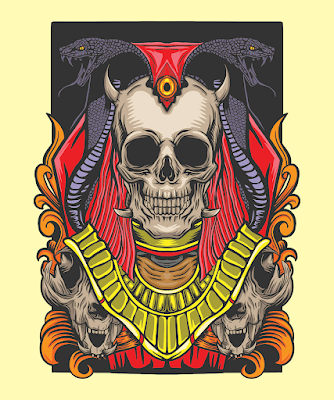I intend to make Over Six an open source engine. I won't write a complex license, either. Instead, I will offer it with a CC-BY license, similar to Knave. I will provide a "Powered by Over Six" graphic that can be included on covers and promotional material, but it will be voluntary. This will let creators better get the attention of fans of the system.
Why Make a New Engine?
Honestly? Because I can. When I started the project, it was a proposed overhaul for Stephen's custom skill system. As I worked on the skill system, I saw how it could easily replace saving tbrows, magic, and exploration mechanics. I almost immediately saw how it could also replace combat and create a unified system.
I just couldn't help myself. It was almost a compulsion. I wrote the game in my spare time in a week, wrote a spin-off over a month, and now I am on a final editing pass. It has been a joy to work on.
But there is a good logical reason as well: If I write things with my own system in mind, I don't have to rely on the OGL, even if the game can use OST monster stat blocks in a pinch. It frees me from having to have a bulky, space consuming, and IP-compromising legal agreement with a third-party. How can I complain about that?
My Publishing Plan
I'm not in a big rush. My intention is to finish my initial Player's Handbook in December. I will continue to publish articles, and hopefully have my holiday module out in the next few weeks. Once that's done I can get Deathtrap Lite Basic out.
Then I will work on Midnight Zone ultimately with a starting adventure module and GM's Guide for Deathtrap Lite. Mostly, that will be additional content and advice, and not critical to play. My Hope Is that I will get enough playtesting from the community to create a better version, and kickstart a finalized edition of Deathtrap Lite in early 2022. Quality is important to me.
I will offer anyone who bought the demo or the Basic Corebook a discount on the finalized version.
Why Offer the Engine Openly?
Honestly, the most useful answer to that is that I want to share. I think my system is clever, and I'd love to see what other creative minds do with it. I also want to make creating content for the system as easy as possible. A simple license that gets rid of all the guess work will make that possible.
By letting people to remix it to the genres and playstyles they like, I can curate a library of rules and content that will help make the game more flexible, adaptable, and elegant than I could have ever made it myself.









